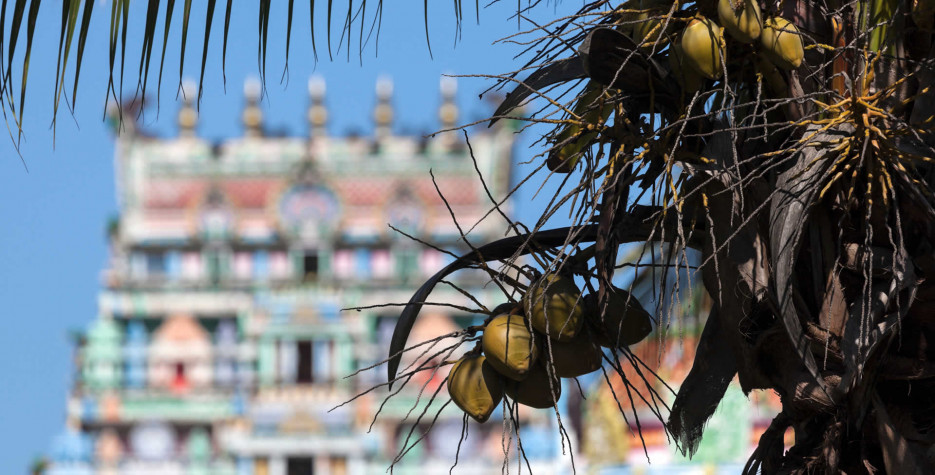It is an interesting fact that the largest Hindu temple in the Southern Hemisphere is on the South Pacific Island of Fiji. Fiji also has a public holiday to mark the Hindu festival of Diwali.
From these titbits, you can guess that Fiji has had a lot of Indian influence on its culture. This is to be expected when 28% of the population are Hindu.
In 2023, this heritage was further celebrated with a new holiday, Grimit Day. This holiday was established to honour the settlers from India who began arriving in Fiji on May 14th 1897.
When is Girmit Day?
Girmit Day is a national public holiday in Fiji. Based on the dates for 2023 and 2024, it seems this holiday will be observed on the Monday closest to May 14th.
The date for the 2024 public holiday was confirmed after consultation with the Fiji Girmit Council.
History of Girmit Day
In announcing this new holiday, Prime Minister Sitiveni Rabuka said: “They were starting a new life in an unknown land and stayed to become an integral part of our country. I reconfirm my promise to inaugurate a new national holiday in 2023.”
The word girmit represented an Indian pronunciation of the English language word "agreement" - from the indenture "agreement" of the British Government with Indian labourers. The agreements specified the workers' length of stay in foreign parts and the conditions attached to their return to the British Raj.
The colonial authorities promoted the sugar cane industry, recognising the need to establish a stable economic base for the colony, but were unwilling to exploit indigenous labour and threaten the Fijian way of life. The use of imported labour from the Solomon Islands and what is now Vanuatu generated protests in the United Kingdom, and the Governor Sir Arthur Hamilton-Gordon decided to implement the indentured labour scheme, which had existed in the British Empire since 1837.
The Leonidas, a labour transport vessel, disembarked at Levuka from Calcutta on May 14th 1879. The 498 indentured workers who disembarked were the first of over 61,000 to arrive from South and East Asia in the following 37 years. The majority were from the districts of eastern and southern provinces, followed by labourers from northern and western regions, then later south eastern countries, they originated from different regions, villages, backgrounds and castes that later mingled or intermarried hence the "Fijian Indian" identity was created. The indentured workers originated mostly from rural village backgrounds.
After five years of work in the cane fields, the British freed the girmits from bonded labour but did not offer them a passage back. So, most of them stayed back and by the mid-1980s their descendants through hard work and education have made a mark in Fiji dominating business and professional fields.
By this time Indo-Fijians made up 49% of the population but indigenous Fijians controlled land ownership. In April 1987, for the first time since independence in 1970, Fiji elected a multi-ethnic Fiji Labour Party to power supported mainly by Indo-Fijian voters but led by indigenous Fijian academic Dr Timoci Bavadra. Most of the Cabinet however were Indo-Fijians.


